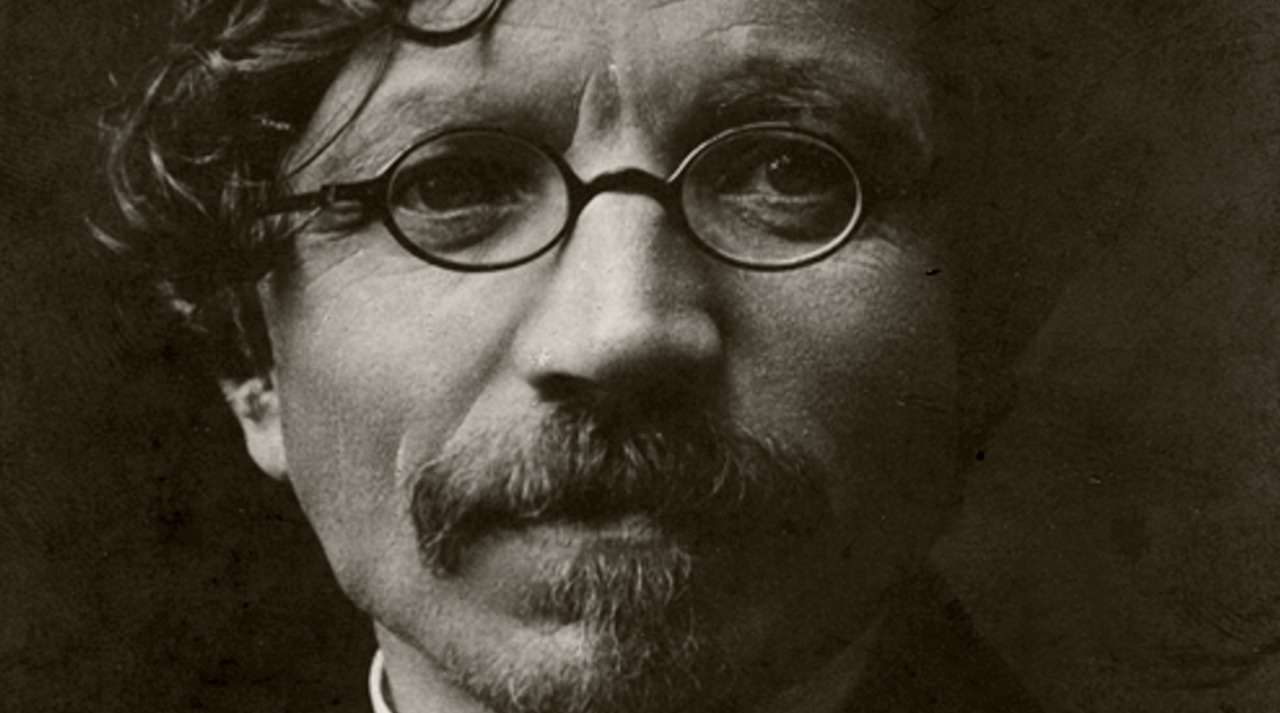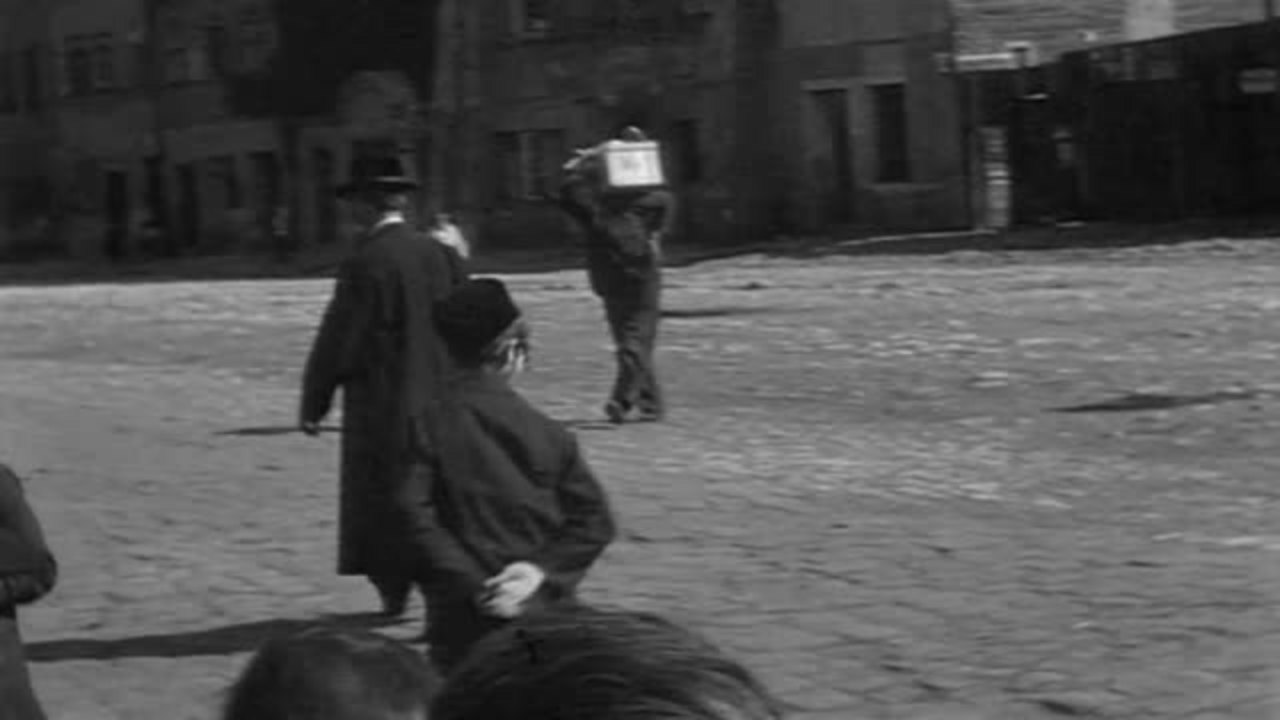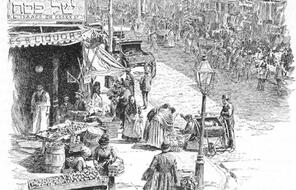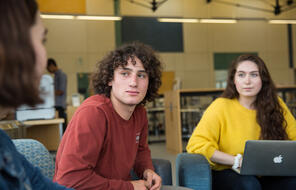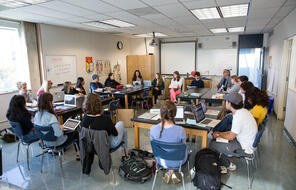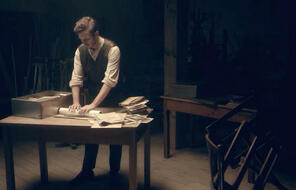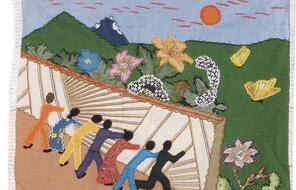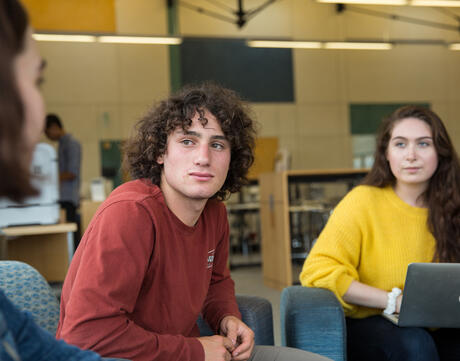
Jewish Life before the Holocaust
Duration
Two 50-min class periodsSubject
- History
- Social Studies
Grade
6–12Language
English — USPublished
Overview
About This Lesson
After learning about the effect of World War I on Germany and how its aftermath created conditions that helped give rise to the Nazis in the years that followed, students will turn their attention to Jewish life in Europe before World War II. In this lesson, they will compare and contrast Jewish life in today’s diaspora with pre-war Jewish life to reflect on the many ways in which modernity can impact tradition.
On the first day of the lesson, students learn about shtetl, or rural, life, as well as urban life in Europe between the wars. The second day focuses on the challenge of preserving tradition in the face of modernity. This lesson also invites students to make connections to the complexities of diaspora Jewish life before the war and Jewish life in the diaspora today. Through readings and videos from the point of view of Jews at the time, students will consider the ways in which Jews were interwoven into the societies they lived in and the ways in which they lived apart, whether by force or by choice.
Preparing to Teach
A Note to Teachers
Before you teach this lesson, please review the following guidance to tailor this lesson to your students’ contexts and needs.
Lesson Plans
Activities Day 1: Shtetl Life
Activities Day 2: The Complexities of Modernity: Urban Life
Assessment
Extension Activities
Materials and Downloads
Unlimited Access to Learning. More Added Every Month.
Facing History & Ourselves is designed for educators who want to help students explore identity, think critically, grow emotionally, act ethically, and participate in civic life. It’s hard work, so we’ve developed some go-to professional learning opportunities to help you along the way.
Exploring ELA Text Selection with Julia Torres
On-Demand

Working for Justice, Equity and Civic Agency in Our Schools: A Conversation with Clint Smith
On-Demand

Centering Student Voices to Build Community and Agency
On-Demand


